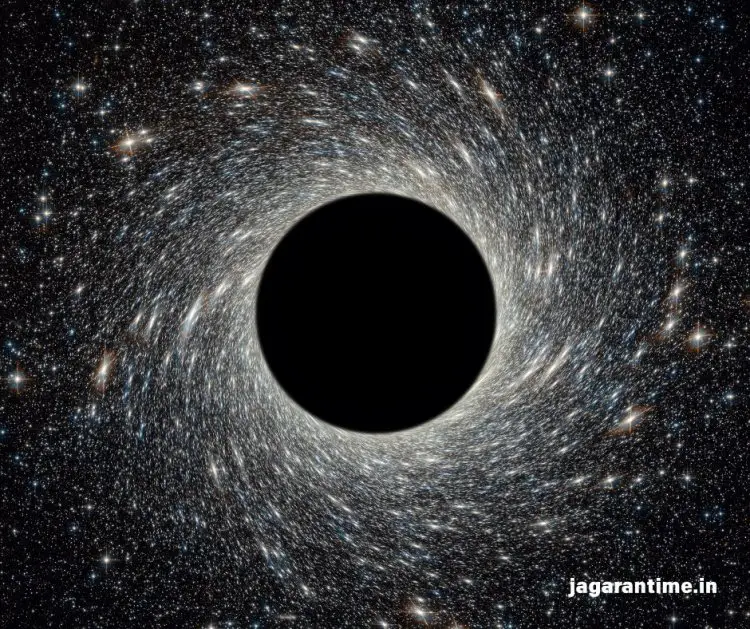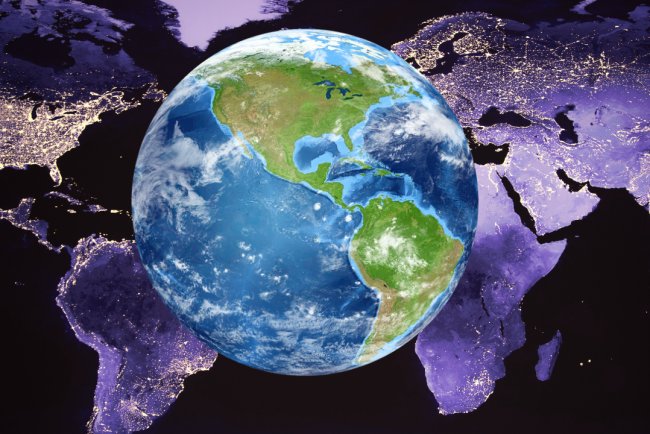Black Holes May Help Astronomers Discover Life in the Universe
Black holes may not be just cosmic voids. Scientists believe they could guide astronomers toward life-friendly regions in the universe. Find out how.

Black Holes Can Show Astronomers Where to Look for Life in the Universe
For decades, black holes have been viewed as destructive cosmic giants—mysterious entities that consume everything around them, including light itself. But what if these enigmatic objects could actually help astronomers locate alien life?
Recent studies suggest that black holes might play an unexpected role in guiding scientists toward habitable zones in the universe. From releasing energy to nurturing galactic environments, black holes are proving to be much more than just celestial vacuum cleaners.
Let’s explore how these seemingly lifeless regions may help us understand the origins, conditions, and possible existence of life beyond Earth.
What Are Black Holes? A Quick Refresher
Black holes are regions in space where gravity is so strong that not even light can escape. They form when massive stars collapse under their own gravity at the end of their life cycles.
There are three types of black holes:
1. Stellar-mass black holes – formed from collapsing stars.
2. Intermediate black holes – larger than stellar, smaller than supermassive.
3. Supermassive black holes – found at the centers of galaxies (like the one in the Milky Way).
Despite being invisible, their presence is detected through their gravitational effects on nearby stars and light emissions from accretion disks.
How Can Black Holes Help Us Find Life?
It may sound paradoxical, but here’s how black holes could point us toward life-friendly zones in the cosmos:
1. Black Holes Shape Galaxy Evolution
Supermassive black holes at the centers of galaxies regulate the formation of stars and planetary systems. Through jets and radiation, they help spread elements essential to life—like carbon, oxygen, and nitrogen—across vast interstellar regions.
Without this influence, galaxies could become either too chaotic or too sterile to support life.
“Black holes are like cosmic thermostats—they regulate the energy flow of entire galaxies,” says Dr. Rebecca Stern, astrophysicist at NASA.
2. Their Radiation Can Illuminate Habitable Zones
Though extreme, radiation from black holes (especially X-rays and gamma rays) can help astrobiologists model environmental boundaries. Planets too close to such radiation are likely uninhabitable, but those at the edge of safe zones might offer the right balance.
This makes black holes useful reference points for mapping galactic "Goldilocks zones"—not too hot, not too cold, just right for life.
3. They Help Trace Complex Molecules
In the swirling disks of matter around black holes, astronomers have observed the formation of organic molecules—some of which are precursors to life. Using radio telescopes, these molecules can be tracked across star-forming regions.
This helps scientists:
- Detect life-friendly chemistry
- Map out regions of organic complexity
- Refine searches with next-generation telescopes
4. Black Holes Are Beacons in the Dark
Their immense gravitational fields distort light and space-time. This effect, known as gravitational lensing, can magnify distant galaxies and star systems. It enables astronomers to:
- Peer into early-universe conditions
- Discover exoplanets orbiting distant stars
- Analyze atmospheres for signs of water, oxygen, or biosignatures
In short, black holes can act as natural telescopes that allow us to see farther and clearer into life-bearing zones.
5. They Reside in Life-Hosting Galaxies
Interestingly, many galaxies that host supermassive black holes also have favorable conditions for life. The Milky Way, for example, has one such black hole at its center—Sagittarius A*—but life still thrives in a stable solar system like ours.
This supports the idea that:
- A black hole’s presence doesn’t necessarily rule out life
- The way it interacts with its environment matters more than its size
Do Black Holes Play a Role in Life’s Origin?
A bold and intriguing idea in modern astrophysics is that black holes may have played a part in seeding life across the cosmos.
Some theories propose:
- Jets from black holes might distribute life-essential molecules across galaxies.
- Microbial life could hitch a ride on interstellar dust accelerated by black hole winds.
- They could trigger star formation, which in turn leads to planet formation.
This makes them indirect "catalysts of creation", rather than mere destroyers.
The Link Between Black Holes and Astrobiology
Astrobiologists today work closely with astrophysicists to study environments shaped by black holes. This emerging field looks at:
- How radiation affects DNA or cell-like molecules
- Whether tidal forces on nearby planets create life-sustaining heat
- The potential of exomoons or planets orbiting stars near black holes
Upcoming missions like the James Webb Space Telescope (JWST) and LUVOIR are expected to shed more light—literally and figuratively—on this connection.
Future of Life Search: Follow the Black Holes?
Instead of avoiding regions with black holes, astronomers are now:
- Using them as indicators of interesting galactic dynamics
- Mapping habitable zones in galaxies where black holes regulate star life cycles
- Incorporating black hole models into exoplanet habitability simulations
What Scientists Are Saying
“We may soon reach a point where black hole neighborhoods become part of the checklist for locating Earth-like planets,” says Dr. Michael Ellis from the European Space Agency.
“They're no longer just end points of stars—they’re keys to understanding cosmic ecosystems.”
Darkness That Shows the Light
The idea that black holes could help us find life is both poetic and powerful. It challenges old stereotypes and opens up new pathways for exploration.
Far from being cosmic villains, black holes might just be the guiding lights in our search for extraterrestrial life.
So, the next time you think of a black hole as a force of destruction, remember—it might be pointing us toward the very origins of life itself.













